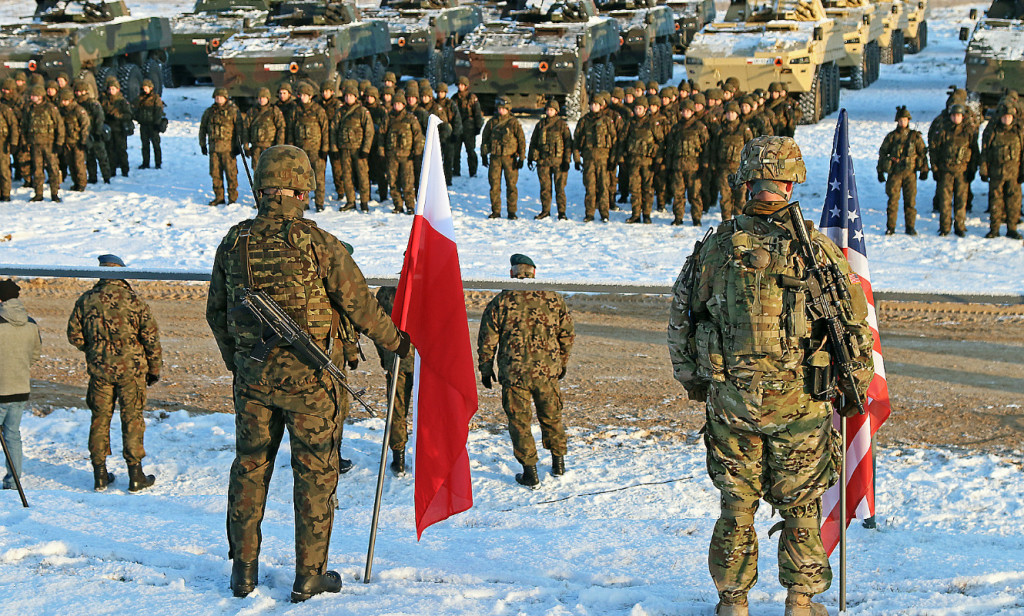

With the U.S. Army largely returned to American soil after a decade and a half abroad, Army officials are eyeing security cooperation and assistance as long-term missions for the nation’s land force. These programs are not just beneficial at the strategic level, but at the tactical level as well — there’s plenty that American troops can learn from their partners abroad.
The American Way of War: Not The Only Way of War
The U.S. military is the world’s most powerful, no doubt, and we pay top dollar for it. Our allies, however, aren’t so fortunate. Then again, U.S. forces might not be so fortunate either should a crisis emerge somewhere other than Iraq or Afghanistan.
The French experience in Mali provides an example. In late 2012, French forces quickly mobilized and deployed to Mali to repel an invasion by al-Qaeda-linked militants. The lightly equipped French forces ditched many “bad habits” acquired fighting alongside American forces in Afghanistan, according to a RAND study. No longer able to take advantage of satellites, drones, and massive airpower, the French relied on maneuver, close combat, and detailed logistics planning to repel and defeat the jihadists.
American forces have plenty of combat experience, to be sure, but for the last decade, they’ve rarely had to do without. Forward Operating Bases come stocked with fuel, ammunition, and 28 flavors of ice cream, most of it supplied by contractors. In the future, U.S. troops may have to fight without the creature comforts they’ve grown accustomed to.
The Problems and Promise of Partners
Vice President Joe Biden caused a stir last year when he flat-out stated, “our biggest problem [in Iraq and Syria] is our allies.” Though he drew international condemnation for his remarks, many pundits nodded their heads. That said, we come with our own baggage, too. Our “special relationship” with Britain wasn’t so special when British forces faced American-made weapons in the Falklands.
But for all the kvetching, we need our allies. Multinational coalitions give legitimacy to military operations abroad. Moreover, most internal threats can only be defeated by legitimate local government, not by the United States — just look at recent efforts to help governments in Colombia and the Philippines defeat local insurgencies.
Allies come to the fight with their own national caveats, rules of engagement, and often, their own interests. It can be a headache, but as Churchill is thought to have said, the only thing worse than fighting with allies is fighting without them.
Common Equipment Isn’t Always Common
Foreign Military Sales aren’t just good for business, they are good for alliances as well. Allied nations using similar equipment benefit from common logistics and training. But although we would like to have commonality among all our equipment — radios, tanks, and aircraft — it’s not always feasible. Many of our partners cannot afford top-of-the line U.S.-made equipment. Moreover, Foreign Military Sales falls victim to two old maxims: first, that war is politics, and second, that all politics is local. Many of our allies have their own booming defense industries — complete with their own political agendas and lobbies. So don’t be surprised that the French like their Rafales, or that the Germans like their Leopards, or best of all, that the British may like Apache helicopters, but insist on their distinctive British Rolls-Royce engines.
Get Ready to Travel
According to some estimates, U.S. forces operate in nearly 130 countries each year; in most cases, alongside allied and partner nation forces. As the United States steadily withdraws from major combat operations abroad and aligns its forces by region, it will rely heavily on security cooperation and assistance. Military leaders at all levels need to start learning from our partners and allies abroad — no one nation has a monopoly on good ideas.
Major Crispin Burke is a US Army aviator stationed at Fort Bragg, NC. His views are his own and not those of the US Department of Defense. Follow him on Twitter at @CrispinBurke.
Photo credit: Sgt. Paige Behringer, U.S. Army
